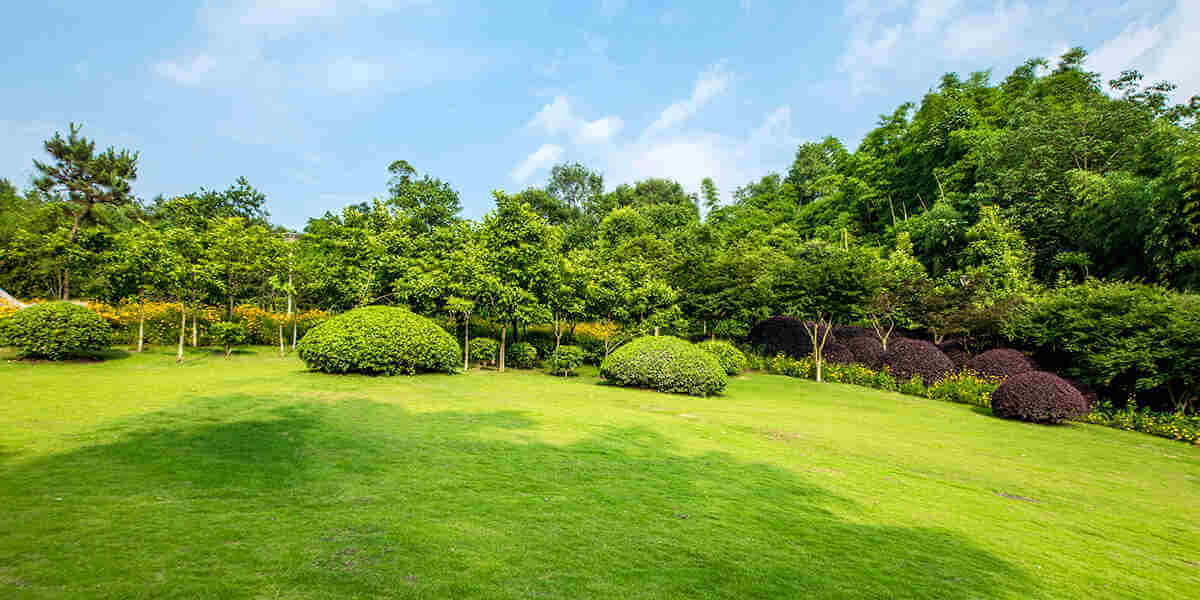
30 Jul Understanding Landscaping Texture: A Homeowner’s Guide
Most Tucson homeowners want their properties to make a statement, but the hot desert climate can make things tricky. Adding some texture to a landscape is a great start, accentuating the beautiful parts of your home and drawing together your living space and outdoor spaces.
So, how can the right landscaping texture enhance your property’s appeal? Below, Santa Rita Landscaping LLC shares a brief guide on what texture means for landscape design and how it can take any upcoming landscaping projects to new heights.
As one of the area’s leading professional landscaping services, Santa Rita Landscaping LLC is also available to help if you’d like to explore landscape design in Tucson, AZ, in more depth.
Landscaping Texture Involves The Design’s Look and Feel
Texture in landscaping can describe how plants, hardscapes, and other design elements feel to the touch. Are they fine or coarse, spiky or smooth? It’s a powerful tool if you’re trying to develop a truly breathtaking landscape that elevates your home’s visual appeal.
Combining various textures can create eye-catching landscape designs that transform spaces from shabby into luxurious. However, some elements will change the texture they bring to the space over time and depending on the season. For example, deciduous plants drop their leaves during winter, providing a very different landscaping texture than they do in the summer.
Plants Add Natural Textural Variety to Your Outdoor Areas
Even with the plethora of plant life in a garden, plant textures come in three primary forms:
- Fine
- Medium
- Coarse
Fine-Textured Plants
Finer plants have small blossoms and leaves, giving gardens an airy, light feel while filling up the gaps. Fine textures act as background plants and complement denser vegetation.
Medium-Textured Plants
Medium-texture plants have moderately sized foliage with relatively smooth, simplistic shapes and edges. They often amplify or unify finer textures and coarse flora for more enchanting landscapes.
Coarse-Textured Plants
Coarse-textured plants have large leaves and thicker branches, often featuring as the focal point of a landscaping section. They can make spaces appear smaller or enhance them, depending on what you’re trying to achieve.
Balancing Texture Creates Interest Without Being Too Much
Although combining various textures creates gorgeous landscapes that can complement your home’s exterior features, you don’t want to overdo one specific texture. For instance, too many medium-textured plants make it dull, while haphazardly adding textures can make a garden look too busy. You must find a balance between the texture varieties to avoid overcomplicating the look.
The best way to make your home the highlight of the neighborhood is to use the three textures optimally.
- Use one or two coarse-textured plants as centerpieces.
- Fill larger spaces with medium textures that highlight this centerpiece.
- Beautify the space with the finishing touches of the finer-textured plants.
Contact Santa Rita Landscaping LLC for Outstanding Landscaping Services in Tucson, AZ, Today!
Would you like some help creating captivating outdoor spaces using various landscaping ideas? Whether you want to incorporate landscaping texture with plants, water features, unusual backyard landscape ideas, Santa Rita Landscaping LLC can help.
Call Santa Rita Landscaping LLC at (520) 623-0421 today and transform your Tucson, AZ, home and garden today!





Sorry, the comment form is closed at this time.